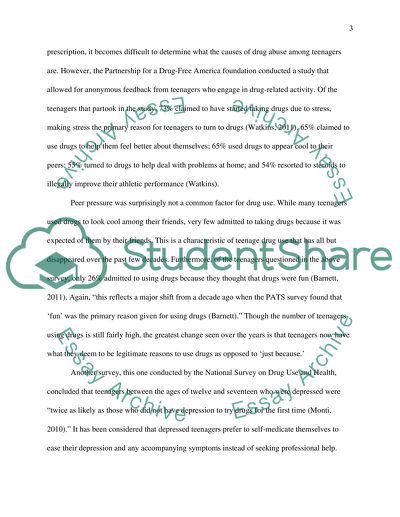Cite this document
(“Drug Abuse in Teenagers Research Paper Example | Topics and Well Written Essays - 1250 words”, n.d.)
Retrieved from https://studentshare.org/psychology/1454955-drug-abuse-in-teenagers-statistics
Retrieved from https://studentshare.org/psychology/1454955-drug-abuse-in-teenagers-statistics
(Drug Abuse in Teenagers Research Paper Example | Topics and Well Written Essays - 1250 Words)
https://studentshare.org/psychology/1454955-drug-abuse-in-teenagers-statistics.
https://studentshare.org/psychology/1454955-drug-abuse-in-teenagers-statistics.
“Drug Abuse in Teenagers Research Paper Example | Topics and Well Written Essays - 1250 Words”, n.d. https://studentshare.org/psychology/1454955-drug-abuse-in-teenagers-statistics.


